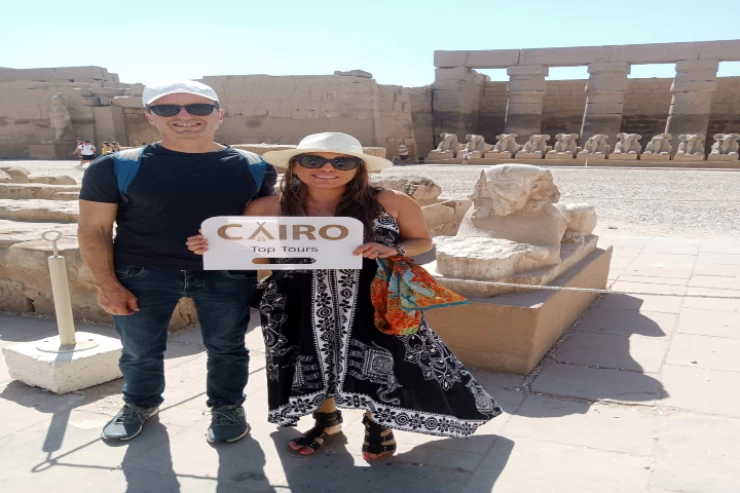
Valley of the Nobles
Facts about Valley of the Nobles
A historical town with its own distinctive tourism landscape is the Tombs of the Nobles in Luxor. These tombs stand out due to their architectural design, artwork and tools present within them. The pharaohs built and equipped them to prepare for their journey after death. Egyptians believed in an afterlife and they had their standards of how to reach the place where they would be rewarded or punished forever.
So tombs in Pharaonic history were of great importance. They were more than just a hole in honor of the deceased. These inscriptions were meant to help him/her when being judged, and contained his/her properties that were supposed to facilitate his/her survival. Also, the tombs of the Egyptian elite at Luxor stored goods which would require on their way to life after death.
The historical importance of these tombs is due to the contents of the contents of the tomb, including the tools used by the owner of the tomb and his wealth. In addition, the tombs of the noblemen in Luxor are full of paintings and inscriptions that record the history and victories of the owner of the tomb, and here shows the progress of the pharaohs to the extent that their art made their paintings immortal with their use of colors. These tombs also provide us with a unique example of the architectural art of that period, which is evident in the design of the tombs and the distribution and utilization of space.
In prehistoric times, burials were carried out by placing the deceased in a mat, placing them in an oval-shaped pit and backfilling it with sand. Later, tombs began to evolve to be reinforced with brick walls and backfilled with sand in a mastaba-like structure. The mastaba became an integral part of the cemetery, and rocks began to be used
instead of sand backfill.
The architectural masterpiece and revolution in the history of funerary tombs was created by the engineer Amenhotep, who built a multi-tiered funerary tomb that decreases in size as it rises, meaning the step pyramid. After that, the pyramids were the grandiose model for tombs, where many pyramids were created as well as small pyramids for princesses.

















